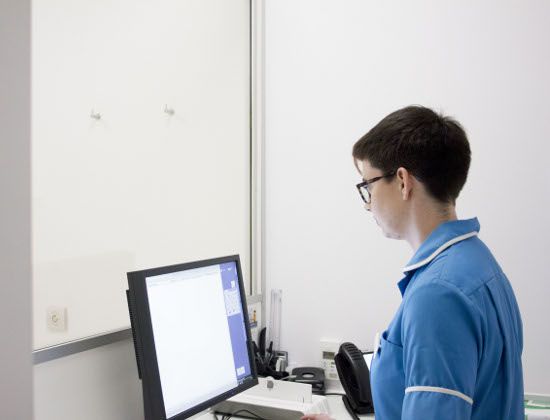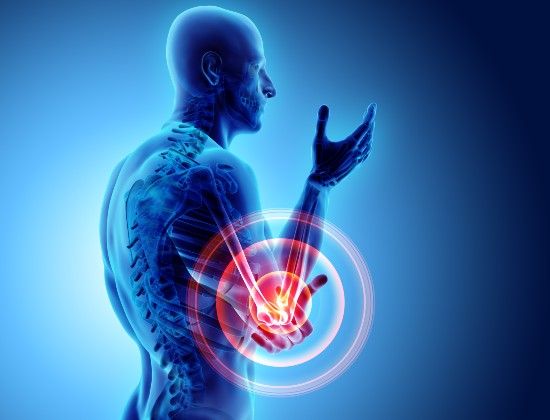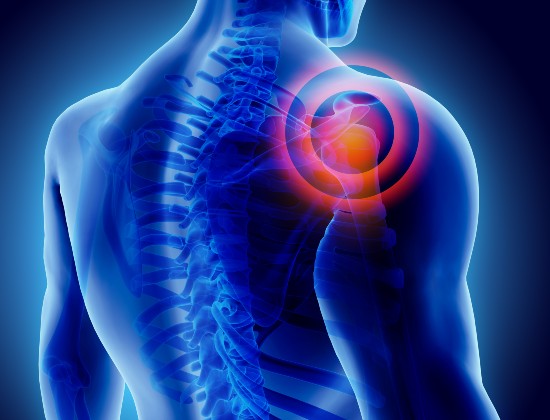Tendonitis of the long head of the biceps
This affects the upper biceps tendon, a thick cord that joins the biceps muscle to the shoulder bones. Other conditions that often occur with biceps tendonitis include rotator cuff tears, chronic shoulder instability, and osteoarthritis.
How is it caused?
This type of tendonitis is caused by wear and tear of the tendon, often due to many years of use, and particularly affects athletes who take part in overhead activities such as tennis or swimming.
What are the symptoms?
Pain and tenderness in the front of the shoulder, made worse by overhead activity, along with aches and pains in the upper arm bone are common symptoms.
How is it diagnosed?
Having discussed your symptoms, the specialist will look for signs of shoulder instability, while assessing the strength and checking the range of movement of the shoulder, as well as the function of your biceps. You may have an X-ray to check for other problems, and an ultrasound or MRI scan to show the extent of damage to the biceps tendon.
How is it treated?
Non-operative treatment: this includes rest, avoiding overhead activity, and applying ice (wrapped in a towel) several times a day. Anti-inflammatory medication, if advised by your doctor, can also help and you may also be offered steroid injections to reduce pain and inflammation. A gentle exercise programme can help you to gradually regain your strength and mobility.
Surgery: if your symptoms don’t improve you may need to have surgery. This is usually done arthroscopically and may include:
- Tendon repair: the biceps tendon is repaired to its attachment on the socket
- Biceps tenodesis: the painful, damaged section of the tendon is removed, which can relieve pain and allow the tendon to work correctly; the tendon that remains is reattached to the upper arm (humerus)
- Tenotomy: if the tendon is too damaged to repair or remove a section, this procedure is used to release it entirely
- How long does it take to recover from surgery?
You may need to wear a sling for a few weeks but most people are able to carry out everyday activities such as using a keyboard immediately after their surgery. You will be given gentle exercises to build strength and flexibility in the shoulder and in most cases surgery is successful, with most people being able to return to their normal sports and activities. Your surgeon will be able to advise you about how long this is likely to take.
Important: This information is only a guideline to help you understand your treatment and what to expect. Everyone is different and your rehabilitation may be quicker or slower than other people’s. Please contact us for advice if you’re worried about any aspect of your health or recovery.





